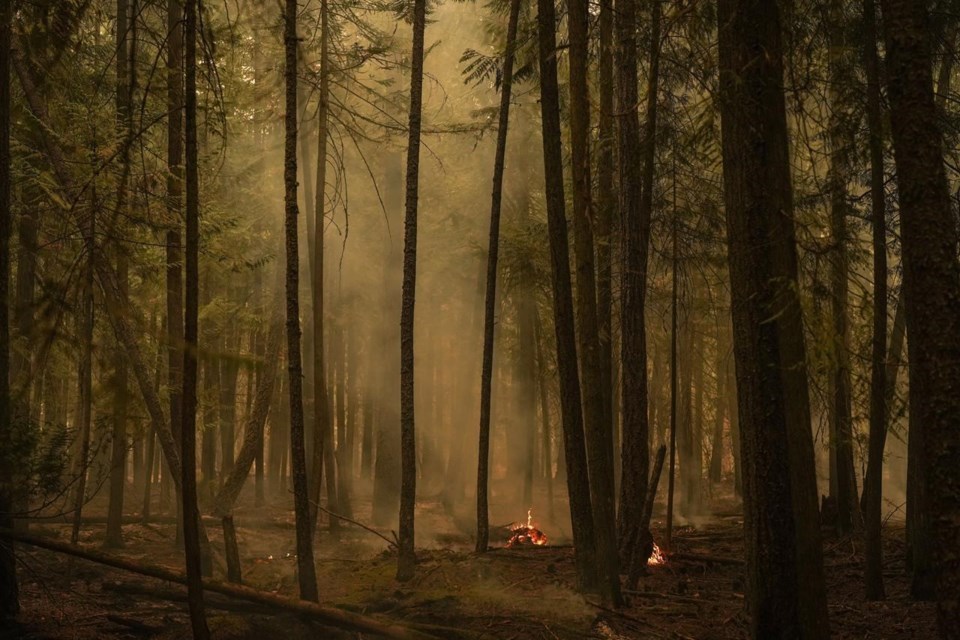COLLEGE PARK, Md. — A global forest study says Canadian wildfires last year were "entirely" to blame for a worldwide surge in tree losses.
The study released by researchers at the University of Maryland on the Global Forest Watch website says tree cover loss in 2023 reached 28.3 million hectares globally, a 24 per cent jump driven by Canada's loss of 8.6 million hectares last year.
Without taking Canada's losses into account, global tree loss would have decreased by four per cent in 2023, the report says.
The report says more than 90 per cent of Canada's tree losses last year were due to fires that razed 7.76 million hectares of forest, a "five-fold increase" compared to 2022.
It says Canada's total loss of tree cover last year, including non-fire-related losses, more than tripled.
"Like in many areas of the world, extensive drought and increased temperatures driven by climate change were widespread across Canada," the report says.
"High temperatures create dry and extremely flammable fuel for fires, meaning that fires are more likely to start, and also more likely to turn into megafires."
Canada's 2023 wildfire season was the most destructive ever recorded, with the Interagency Forest Fire Centre reporting 18.5 million hectares of land was burned, more than double the area of tree loss described by the University of Maryland researchers.
The BC Wildfire Service said in March that forecasters were worried about the potential for another difficult fire season this year, with drought conditions at the end of 2023 across wide swaths of the province.
BC Wildfire Service director of operations Cliff Chapman said at the time that the province needed between 40 and 60 millimetres of rain over the last two weeks of March in order for parched areas to return to what he would consider a "neutral state" in terms of fire risks.
This report by The Canadian Press was first published April 4, 2024.
The Canadian Press



